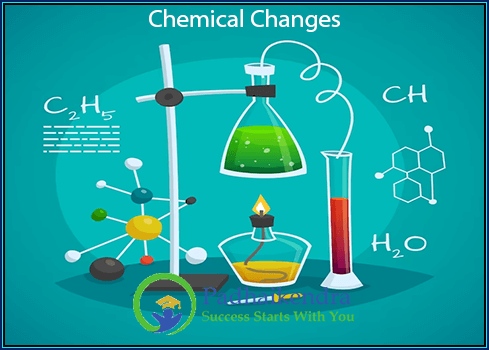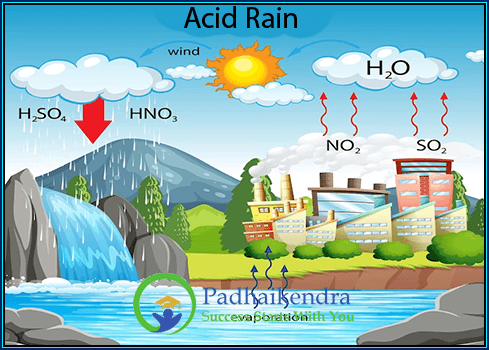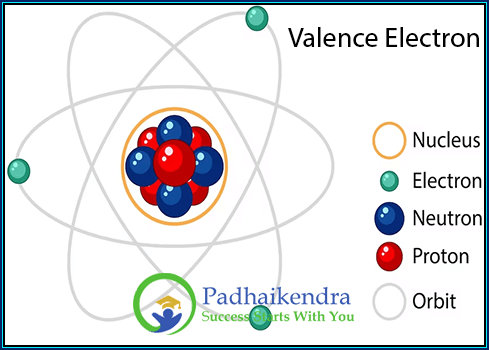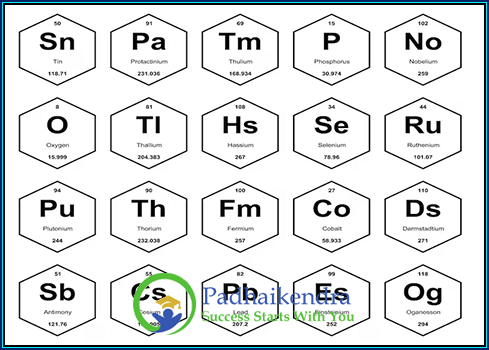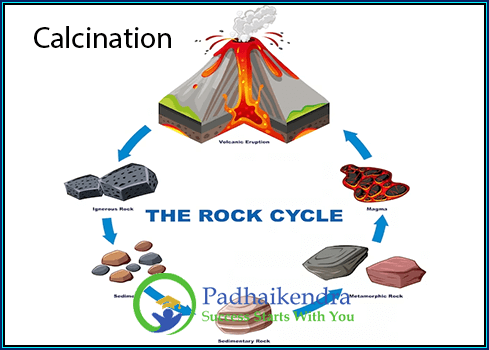Chemical changes, also known as chemical reactions, involve the breaking and forming of chemical bonds between atoms or molecules, resulting in the formation of new substances with different chemical compositions and properties.
Here are some properties of chemical changes:
Irreversibility
Most chemical changes are irreversible, meaning that the original substances cannot be restored by simply reversing the conditions that caused the change.
Energy Changes
Chemical changes often involve energy changes, such as the absorption or release of energy in the form of heat, light, or sound.
Formation of New Substances
Chemical changes result in the formation of new substances with different chemical compositions and properties. For example, the reaction between hydrogen gas and oxygen gas produces water, which has different properties than its constituent elements.
Changes in Physical Properties
Chemical changes can also result in changes in physical properties, such as color, odor, and texture.
Conservation of Mass
The law of conservation of mass states that in a chemical reaction, the total mass of the reactants equals the total mass of the products. This means that the mass of the substances involved in a chemical change is conserved.
Chemical changes FAQs
A chemical change, also known as a chemical reaction, refers to the process in which one or more substances undergo a transformation, resulting in the formation of new substances with different chemical properties. It involves the breaking and formation of chemical bonds.
Chemical changes involve the conversion of one substance into another with new chemical properties. Physical changes, on the other hand, do not alter the composition or chemical identity of a substance and only affect its physical state or appearance.
Several signs indicate a chemical change has occurred. These include the formation of a precipitate (solid), a color change, the release or absorption of heat or light, the production of gas (bubbles), and the occurrence of a noticeable odor.
Chemical reactions can be categorized into several main types, including synthesis (combination), decomposition, combustion, acid-base reactions, oxidation-reduction (redox) reactions, and displacement (replacement) reactions. Each type involves specific changes in the arrangement and bonding of atoms.
The rate of a chemical reaction can be influenced by various factors. These include temperature, concentration of reactants, surface area, catalysts, and the presence of inhibitors. Increasing temperature, concentration, and surface area generally accelerates the reaction rate.
Chemical changes are represented using chemical equations, which show the reactants on the left side and the products on the right side. The reactants are written as formulas or chemical symbols, and the reaction conditions may be included as well.
In most cases, chemical changes are irreversible. Once a chemical reaction has occurred and new substances are formed, it is challenging or impossible to revert the reactants back to their original form. However, some reactions are reversible under specific conditions.
Chemical changes have significant impacts on everyday life and various industries. They are involved in essential processes such as digestion, respiration, and photosynthesis. In industries, chemical changes are utilized for manufacturing products, synthesizing drugs, producing energy, and creating new materials.

